Approved Alzheimer’s Drugs and Their Targets
Currently, four drugs are approved for the treatment of Alzheimer’s Disease (AD). Among them, there are three inhibitors targeting acetylcholinesterase (AChE), Donepezil, Rivastigmine and Galantamine respectively. The role of these drugs is to block the downregulation of the neurotransmitter acetylcholine (ACh), a crucial signaling molecule for nerve cells communication. The last approved AD drug, Memantine, regulates glutamate activity in the brain of patients with AD by blocking the N-methyl-D-aspartate (NMDA) receptor.
| Approved Drug | Structure | Target | Effect |
| Donepezil | 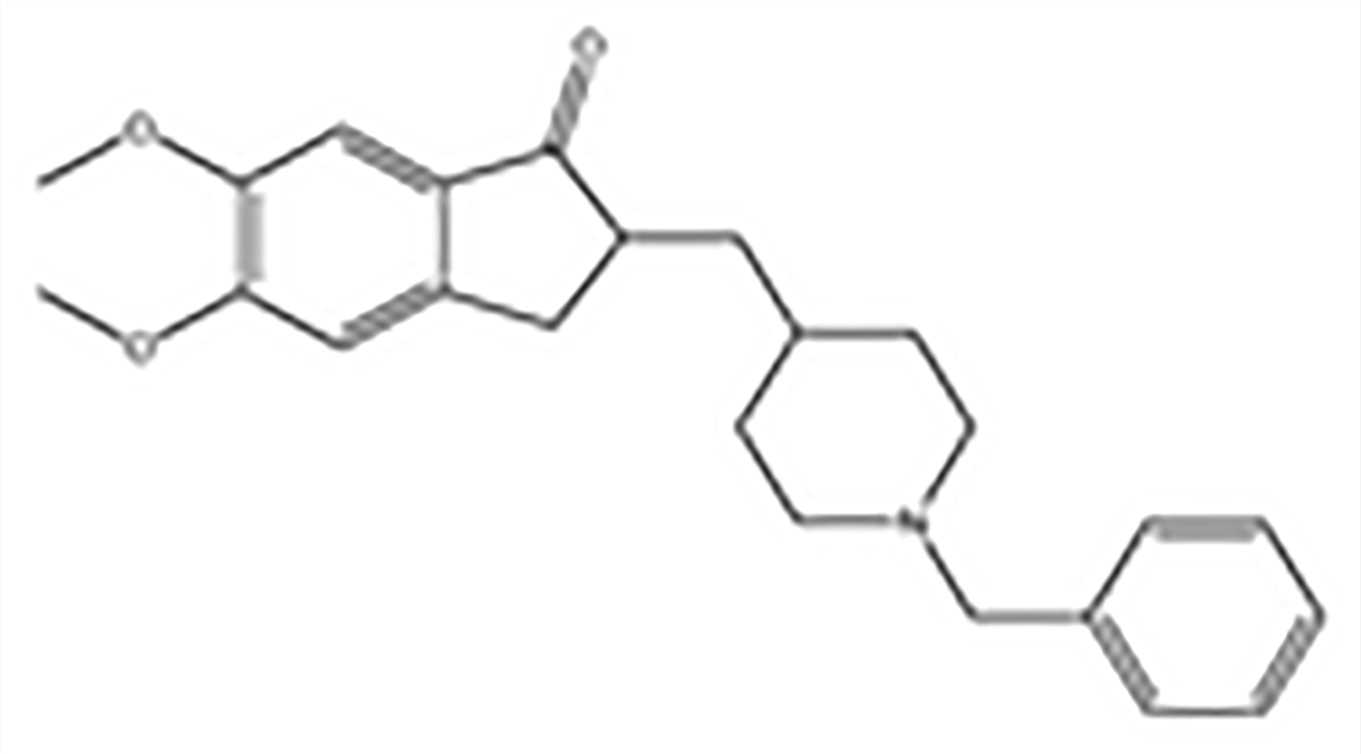 |
Acetylcholinesterase |
|
| Rivastigmine | 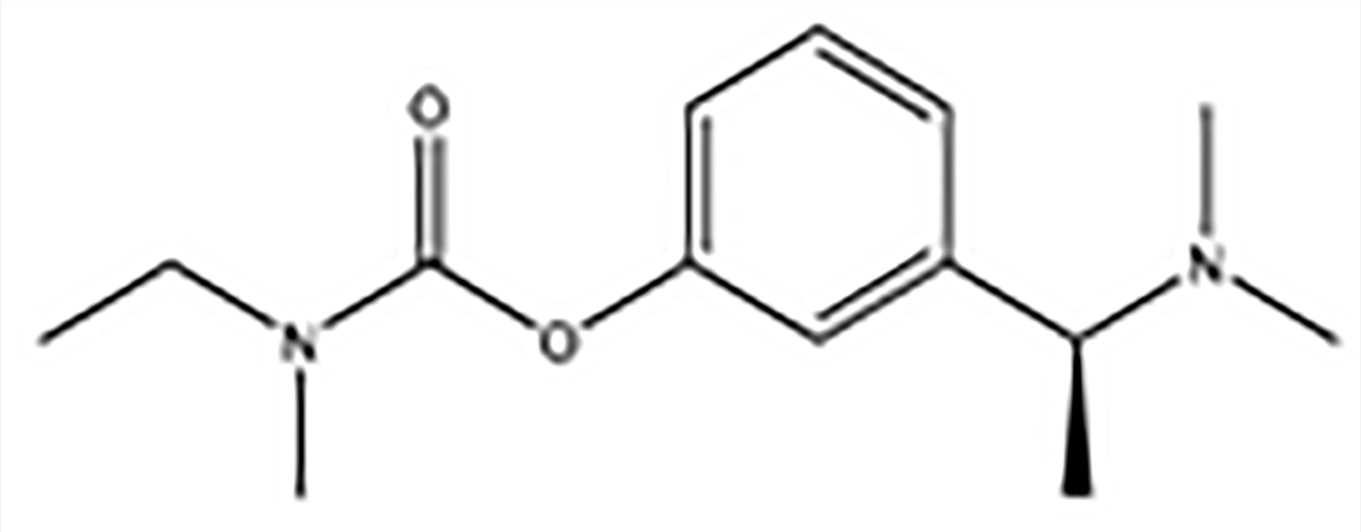 |
Acetylcholinesterase |
|
| Galantamine | 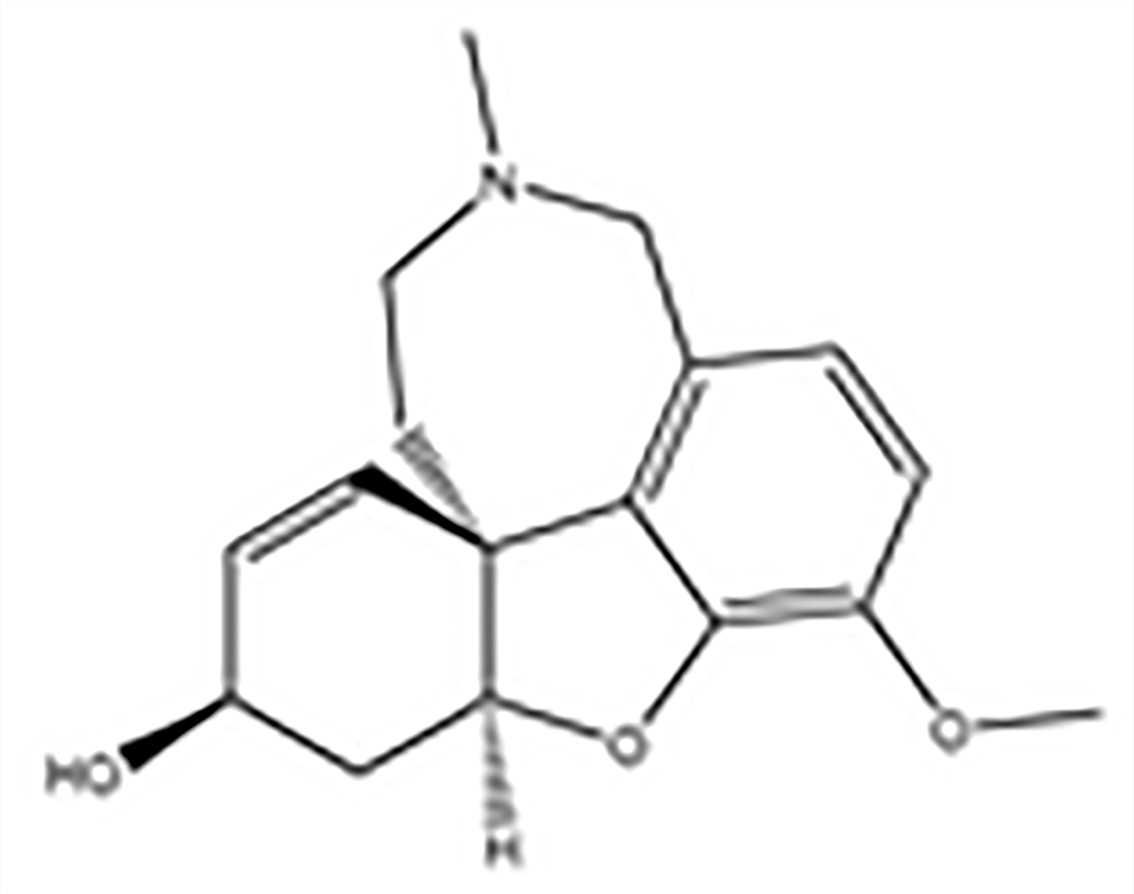 |
Acetylcholinesterase |
|
| Memantine | 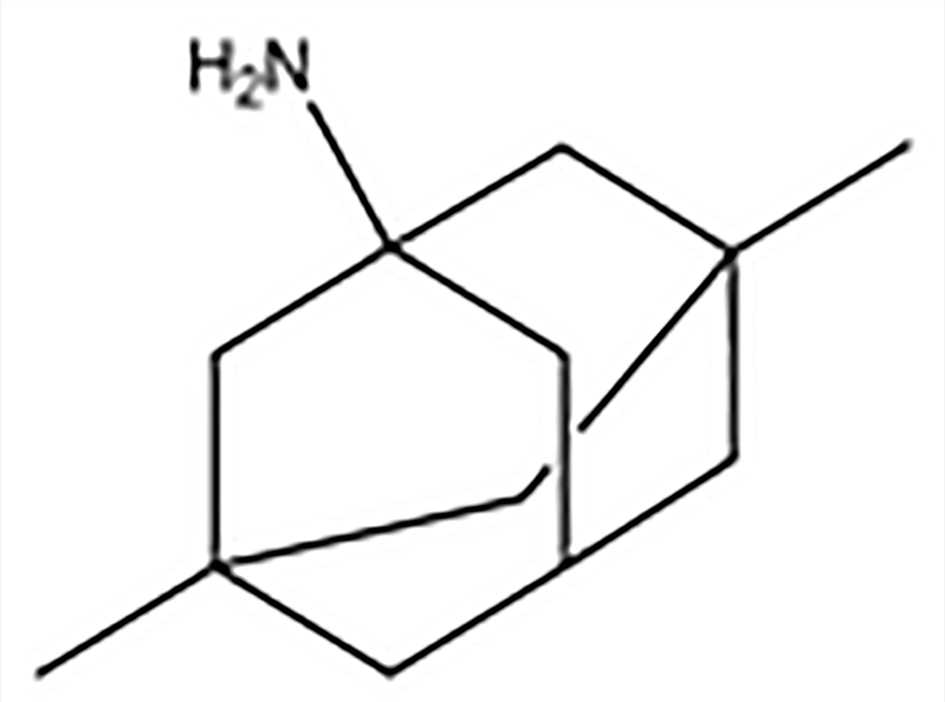 |
NMDA Receptor |
|
Inspirations from the Latest Alzheimer’s Drug Development Pipeline
Drugs currently available for the treatment of AD only relieve symptoms, not being able to impact in the progression of the disease, so it is urgent to develop disease-modifying therapies (DMT) that can prevent or delay disease progression and target the primary pathophysiology mechanisms of AD.
Review of the latest AD drug development pipeline shows that most agents have mechanisms of action (MOAs) directed at disease modification. And in the early stages of drug development, the number of molecules targeting non-amyloid mechanisms has increased.
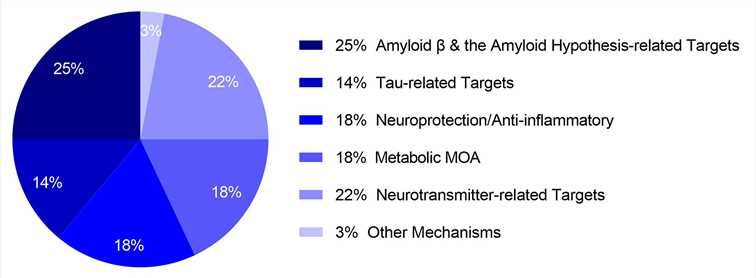
Figure 1. The MOA of AD agents in clinical trials in 2018. (Adapted from Cummings J.; et al. Alzheimer’s disease drug development pipeline: 2018. Alzheimer’s & Dementia: Translational Research & Clinical Interventions. 2018, 4: 195-214.)
Current Target Categories
Alzheimacy is interested in the development of DMT therapies and hopes to accelerate your anti-AD drug development programs based on the potential targets reported so far. In addition, we also support the discovery of new effective targets and biomarkers. Alzheimacy also welcomes a wide range of public-private partnerships and international cooperation.
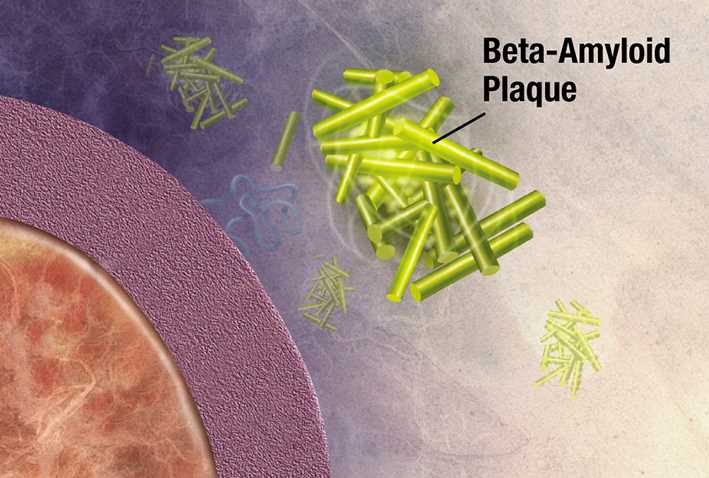
Aβ Amyloid Pathway as Drug Targets
A better understanding of the Amyloid β (Aβ) amyloid pathway leading to amyloid plaques, one of the histopathological hallmarks of AD, will continue to drive significant drug R&D programs. The production of Aβ, the induction of Aβ aggregation and neurotoxicity, as well as the Aβ clearance may be potential targets for intervention in the pathogenesis of AD.
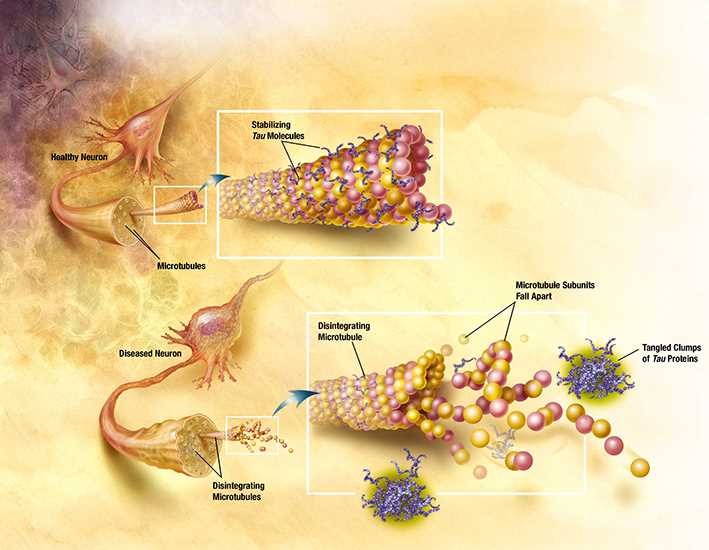
Neurofibrillary tangles (NFTs) are a major histological marker of AD and consist of aggregates of hyperphosphorylated microtubule-associated tau protein, suggesting that targeting the tau pathway may serve as an important anti-AD therapeutic strategy. Perhaps the best way forward is to reduce the level of tau in the brain by targeting tau expression, stabilizing tau conformations or clearing hyperphosphorylated tau aggregates.
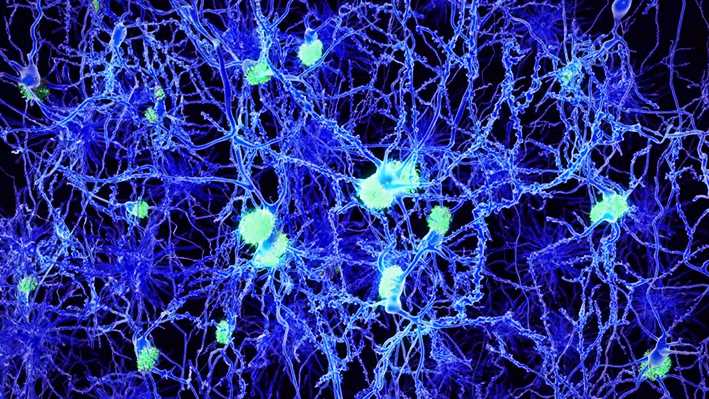
Therapeutic Targets Affecting Cellular Systems
In addition to Aβ plaques and tau NFTs, we are also concerned with therapeutic targets that affect cellular systems, such as targets associated with neuroinflammation, metabolic disorders, mitochondrial dysfunction, and neurotransmitters.